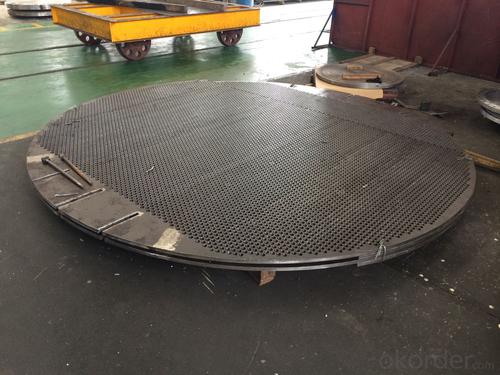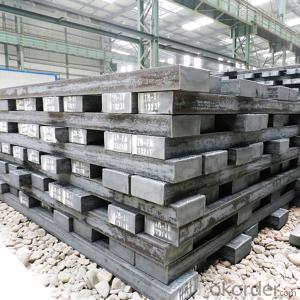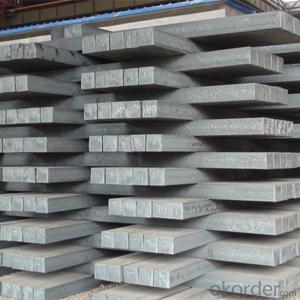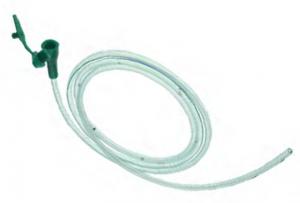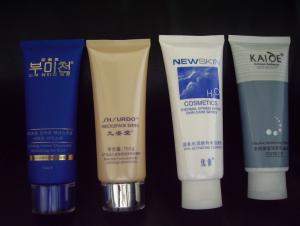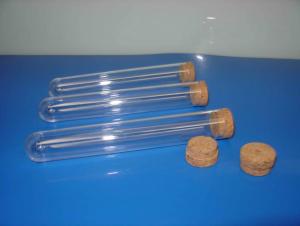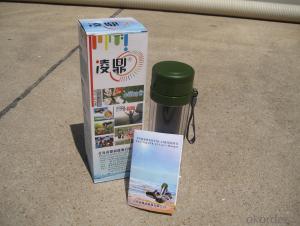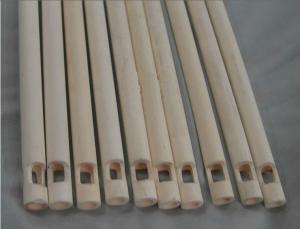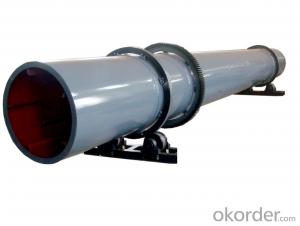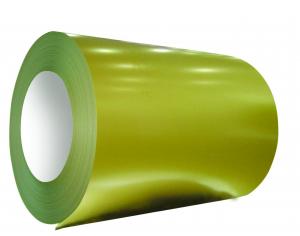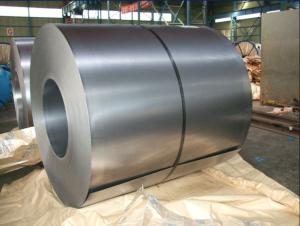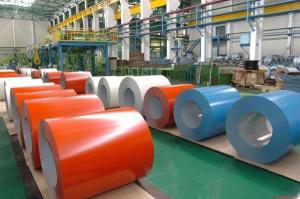Tube plate
- Loading Port:
- China Main Port
- Payment Terms:
- TT OR LC
- Min Order Qty:
- -
- Supply Capability:
- -
OKorder Service Pledge
OKorder Financial Service
You Might Also Like
Tube plate is drilled in circular steel tube outer diameter slightly larger than the same hole, will penetrate into the welded pipe fixed, play a role of such accessories
Tube sheet machining accuracy, especially the tube hole spacing and diameter tolerance, verticality, smoothness affect listed above are assembled and using performance of chemical equipment. With large-scale chemical equipment, power plant, the tube plate diameter becomes larger and larger, diameter of tube plate of 4m-5m is very common. Characteristics of large tube plate tube holes number, density, small pore size, depth, accuracy and high fineness
According to the needs of the different use of the environment, the use of different materials, container board generally use Q345R, such as class one or two pressure vessels, non corrosive medium circulation, use carbon steel composite plate. Encountered strong, high pressure and high temperature, such as nuclear power environment requires the stainless steel, 16 manganese, corrosion resistant titanium alloy materials, application of new synthetic materials, to bring new life to the tube plate products
For tube plates of three or four types of pressure vessel needs high precision hole machining, the traditional method is fitter, rocker drilling drilling. In recent years, with the large-scale chemical container, the diameter of the tube plate is also increasing, the thickness is gradually thickened, processing of tube sheets also introduced the NC technology, now in general use NC drilling machine hole guiding with the rocker drilling hole machining. Using the processing center to do the processing for high efficiency and high precision holes have gradually been accepted by some large enterprises. At present, large thick tube sheet in nuclear power, desalination, and central air-conditioning heat exchanger area needs a growing trend
- Q: How is steel different from iron?
- Steel is different from iron in terms of its composition and properties. While iron is a pure element, steel is an alloy, meaning it is a combination of iron and other elements such as carbon. This alloying process gives steel improved strength, durability, and resistance to corrosion compared to iron. Additionally, steel can be manipulated to have different properties by varying the amounts of alloying elements.
- Q: How is steel pipe threaded for plumbing applications?
- Steel pipe is threaded for plumbing applications using a threading machine or a manual pipe threader. The pipe is clamped securely, and a die is used to cut threads into the pipe's surface. The process ensures a tight and secure connection between pipes, allowing for leak-free plumbing systems.
- Q: What are the uses of steel wire mesh in agriculture?
- Steel wire mesh is commonly used in agriculture for various purposes. It is used as fencing material to create boundaries and protect crops from animals or pests. Steel wire mesh is also used as trellises or support structures for climbing plants, such as tomatoes or beans. Additionally, it can be used to create cages or enclosures for livestock or poultry, providing them with a safe and secure environment. The durability and strength of steel wire mesh make it an ideal material for these applications in agriculture.
- Q: How is steel wire galvanized for fencing applications?
- Steel wire is galvanized for fencing applications by immersing it in a bath of molten zinc. This process, known as hot-dip galvanizing, creates a protective coating on the wire. The wire is first cleaned to remove any impurities, then dipped into the zinc bath, ensuring complete coverage. The zinc coating prevents corrosion and extends the lifespan of the wire, making it suitable for fencing applications.
- Q: What are the different types of surface finishes for steel products?
- There are several types of surface finishes for steel products, including mill finish, brushed finish, mirror finish, galvanized finish, and powder-coated finish.
- Q: How is steel used in the production of electrical appliances and wiring?
- Steel is commonly used in the production of electrical appliances and wiring as it provides a strong and durable framework for various components. It is often used in the construction of appliance casings, motor housings, and brackets, ensuring the safety and protection of internal electrical components. Additionally, steel is used in electrical wiring as a support structure, providing strength and stability to carry and distribute electricity effectively.
- Q: What are the different types of steel rails and their applications in tram systems?
- There are several types of steel rails used in tram systems, each with its own specific applications. The most common types include grooved rail, Vignole rail, and flat-bottomed rail. Grooved rail has a groove along its top surface, allowing the tram wheels to fit into it. This type is commonly used in street-level tram systems as it provides better traction and stability, especially during cornering. Vignole rail, also known as T-rail, is characterized by its shape resembling the letter "T". It is commonly used in tram systems that run on dedicated tracks, providing stability and support for the tram wheels. Vignole rail is also suitable for heavier tram vehicles. Flat-bottomed rail, as the name suggests, has a flat bottom with no groove or special shape. This type is often used in tram systems that share tracks with other types of rail vehicles, such as trains or light rail systems. Flat-bottomed rail allows for smooth transitions between different types of rail, minimizing disruptions in the overall transportation network. Overall, the choice of steel rail type depends on factors such as the tram system's design, track characteristics, and the type of rolling stock used. Each type of rail is specifically designed to optimize performance, safety, and efficiency in tram systems.
- Q: How is steel used in the production of process equipment for chemical plants?
- Steel is commonly used in the production of process equipment for chemical plants due to its strength, durability, and resistance to corrosion. It is used to construct various components such as tanks, pipes, valves, and reactors, which are crucial for storing and transporting chemicals throughout the plant. Additionally, steel's high melting point makes it suitable for handling high temperatures and pressures that are often encountered in chemical processes.
- Q: What are the common types of steel products used in the e-commerce packaging industry?
- The common types of steel products used in the e-commerce packaging industry include steel strapping, steel banding, steel wire, steel clips, and steel seals.
- Q: How is steel tubing used in the production of bicycle frames?
- Steel tubing is commonly used in the production of bicycle frames due to its strength, durability, and versatility. The tubing is typically cut, shaped, and welded together to form the main structure of the frame. This allows for a lightweight yet sturdy frame that can withstand the rigors of cycling. Steel tubing also provides a comfortable ride by absorbing road vibrations and offering a smooth and responsive feel.
Send your message to us
Tube plate
- Loading Port:
- China Main Port
- Payment Terms:
- TT OR LC
- Min Order Qty:
- -
- Supply Capability:
- -
OKorder Service Pledge
OKorder Financial Service
Similar products
Hot products
Hot Searches
Related keywords



